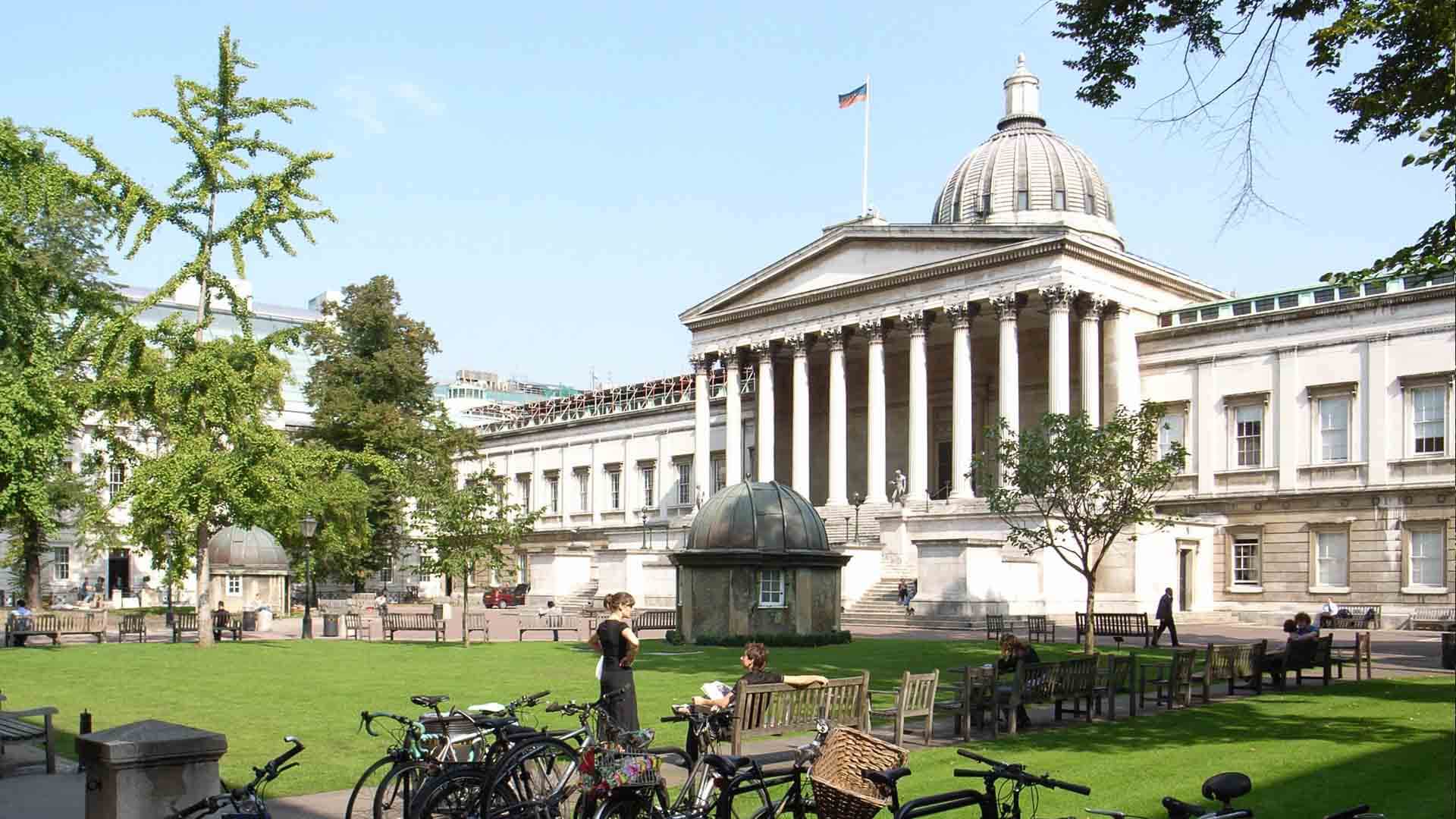
Beyond the Roar: A Deep Dive into Football Team Fan Base Analysis and Statistics
In the pulsating heart of modern football, where billions of dollars circulate and global empires are built, the fan remains the most invaluable asset. Far from being mere spectators, supporters are the lifeblood, the emotional core, and increasingly, the strategic focus of every major club. Understanding this diverse, passionate, and sometimes fickle demographic is no longer a luxury but a fundamental necessity for sustainable growth and competitive advantage. This article delves into the intricate world of football team fan base analysis, exploring the methodologies, key statistical metrics, and the profound implications of leveraging data to cultivate, engage, and monetize the global football faithful.
The Evolving Landscape of Football Fandom
Historically, football fandom was largely geographical, passed down through generations within local communities. The roar of the home crowd was an organic phenomenon. However, the advent of satellite television, the internet, and social media has orchestrated a paradigm shift. Fandom is now a global, multi-platform phenomenon. A child in Jakarta can passionately support Real Madrid, a student in New York can wake up at 4 AM to watch a Premier League match, and a retiree in London might engage with a club primarily through its digital channels. This fragmentation and globalization of fan bases present both immense opportunities and significant challenges, necessitating sophisticated analytical approaches.
Why Fan Base Analysis is Indispensable
The rationale behind meticulously analyzing fan bases is multifaceted, touching upon every aspect of a club’s operation:
-
Revenue Generation:
- Ticketing & Hospitality: Understanding demand patterns, preferred seating, and price elasticity allows clubs to optimize ticket sales, season ticket renewals, and premium hospitality packages.
- Merchandise Sales: Granular insights into fan demographics (age, gender, location, income) and preferences drive product development, marketing campaigns, and distribution strategies for jerseys, apparel, and memorabilia.
- Sponsorship & Partnerships: Brands are increasingly demanding data-driven justification for their investments. Clubs with detailed fan profiles can attract more lucrative sponsorship deals by demonstrating the reach, engagement, and spending power of their audience.
- Media Rights: While largely centrally negotiated, a club’s individual fan base size and global reach contribute to the overall value of broadcasting rights.
-
Strategic Decision-Making:
- Marketing & Communications: Tailoring messaging, content, and channels to specific fan segments ensures maximum impact and engagement. For instance, younger fans might respond best to TikTok content, while older demographics prefer traditional newsletters.
- Player Recruitment: A club might consider a player’s social media following and marketability in certain regions if they aim to expand their fan base there.
- Infrastructure Development: Data on stadium attendance patterns, travel habits of fans, and local demographics can inform decisions about stadium expansion, transport links, and fan zone development.
- Global Expansion: Identifying untapped markets or regions with high potential for growth allows clubs to strategize international tours, opening academies, or establishing regional offices.
-
Brand Building & Reputation Management:
- Understanding fan sentiment allows clubs to proactively address concerns, manage crises, and foster a positive brand image.
- Engaged and loyal fans become powerful brand ambassadors, amplifying positive messages and defending the club’s reputation.
-
Performance & Sporting Advantage:
- While less direct, a vibrant, engaged fan base contributes to a powerful home atmosphere, which can genuinely influence player performance and match outcomes.
- Fan feedback can also indirectly influence club culture and leadership decisions, impacting long-term sporting success.
Key Metrics and Data Points for Analysis
A comprehensive fan base analysis relies on collecting and interpreting a diverse array of quantitative and qualitative data:
-
Demographic & Geographic Data:
- Age and Gender: Crucial for understanding preferences, content consumption habits, and purchasing power.
- Location (Country, Region, City): Identifies fan strongholds, emerging markets, and opportunities for local fan clubs or events. This includes both physical address data (for ticket holders/members) and IP address data for digital interactions.
- Socio-economic Status: While harder to directly obtain, proxies like postal codes or spending patterns can indicate income levels, influencing pricing strategies for merchandise and tickets.
- Language: Essential for targeted communication and content localization.
-
Engagement Metrics:
- Attendance Figures:
- Stadium Attendance: Average attendance, sell-out rates, season ticket holder percentage, unique visitors vs. repeat visitors.
- TV Viewership: Audience numbers for matches, pre/post-match shows, documentaries. This often requires partnerships with broadcasters.
- Digital Engagement:
- Social Media: Follower counts across platforms (Instagram, Twitter, Facebook, TikTok, YouTube), engagement rates (likes, comments, shares), reach, impressions, sentiment analysis of mentions, peak engagement times.
- Website/App Analytics: Unique visitors, page views, time spent on site/app, bounce rate, conversion rates (e.g., merchandise purchases, newsletter sign-ups), most popular content.
- Email Marketing: Open rates, click-through rates, conversion rates.
- Content Consumption: Which types of content (match highlights, player interviews, behind-the-scenes, tactical analyses) resonate most with different fan segments.
- Merchandise Sales Data: Volume and value of sales by product type, size, gender, location, and sales channel (online vs. physical store).
- Membership & Season Ticket Data: Renewal rates, churn rates, duration of membership, engagement with member-exclusive content/events.
- Attendance Figures:
-
Sentiment & Loyalty Metrics:
- Surveys & Questionnaires: Direct feedback on satisfaction levels, brand perception, preferred content, purchasing intentions, and overall loyalty (e.g., Net Promoter Score – NPS).
- Social Listening: Monitoring mentions, hashtags, and discussions across social media and forums to gauge public sentiment, identify emerging trends, and detect potential issues.
- Fan Club Activity: Number of official fan clubs globally, their membership numbers, and activity levels.
- Churn Rate: The percentage of fans who stop engaging or renewing memberships/season tickets, a critical indicator of loyalty decline.
-
Behavioral Data:
- Purchase History: What fans buy, how often, and at what price points across all club channels.
- Interactions: Every click, view, and engagement provides a digital footprint of fan behavior.
- Event Participation: Attendance at fan events, open training sessions, or club-organized activities.
Methodologies and Tools for Data Collection
Collecting this vast amount of data requires a sophisticated tech stack and strategic partnerships:
- Customer Relationship Management (CRM) Systems: Central repositories for fan data, integrating information from ticketing, merchandise, memberships, and digital interactions. Salesforce, Microsoft Dynamics, or specialized sports CRMs are commonly used.
- Social Media Analytics Platforms: Tools like Brandwatch, Sprinklr, or native platform analytics provide deep insights into social engagement and sentiment.
- Web and App Analytics: Google Analytics, Adobe Analytics, or similar platforms track user behavior on digital properties.
- Email Marketing Platforms: Mailchimp, HubSpot, or Salesforce Marketing Cloud provide open and click-through rates.
- Direct Surveys and Feedback Tools: Qualtrics, SurveyMonkey, or in-house solutions for conducting fan surveys.
- Partnerships with Broadcasters & Data Providers: Access to viewership data, sports consumption trends, and broader market research.
- Point-of-Sale (POS) Systems: For merchandise and concession sales data at stadiums and retail outlets.
- Data Warehousing & Business Intelligence (BI) Tools: To consolidate, process, and visualize data from disparate sources, allowing for comprehensive reporting and dashboard creation (e.g., Tableau, Power BI).
Challenges and Nuances in Fan Base Analysis
While the benefits are clear, fan base analysis is not without its hurdles:
- Data Silos: Information often resides in separate systems (ticketing, merchandising, CRM, social media), making a holistic view challenging without robust integration.
- Data Privacy & Regulations (GDPR, CCPA): Clubs must navigate complex data protection laws, ensuring transparent data collection and usage while respecting fan privacy.
- Attribution & Causality: It’s difficult to definitively attribute a specific marketing campaign or club action to a direct increase in fan loyalty or revenue, given the multitude of influencing factors.
- Measuring Intangibles: While engagement metrics exist, truly quantifying emotional connection, passion, and loyalty remains complex.
- Global vs. Local Relevance: What resonates with a fan in the club’s home city might be entirely different from what appeals to a fan on another continent. Tailoring strategies while maintaining brand consistency is a delicate balance.
- Distinguishing True Loyalty: Social media follower counts can be misleading. A "like" doesn’t equate to deep loyalty or spending potential. Analysts must look for deeper engagement patterns.
- Fair-Weather Fans: Differentiating between highly committed supporters and casual observers who only engage during periods of success is crucial for long-term strategy.
The Future of Fan Base Analysis
The landscape of fan engagement is constantly evolving, driven by technological advancements:
- Artificial Intelligence (AI) & Machine Learning (ML): Predictive analytics will become more prevalent, forecasting fan churn, identifying potential high-value customers, and personalizing fan experiences at an unprecedented scale. AI can analyze vast datasets to spot trends and recommend optimal content or product offerings.
- Hyper-Personalization: Leveraging AI, clubs will offer highly individualized content, merchandise recommendations, ticket offers, and even in-stadium experiences tailored to each fan’s preferences and behavior.
- Blockchain & NFTs: Non-Fungible Tokens (NFTs) are emerging as a new form of digital collectible and a mechanism for fan engagement, potentially offering exclusive access, voting rights, or unique digital assets. Blockchain technology could also provide secure and transparent fan loyalty programs.
- Metaverse & Virtual Reality (VR): As these immersive technologies mature, clubs will explore virtual stadiums, fan zones, and interactive experiences, allowing fans worldwide to "attend" matches or interact with players in a digital realm, opening new avenues for data collection and engagement.
- Integrated Fan Data Platforms: The trend will be towards more sophisticated, unified platforms that consolidate all fan data points, offering a single source of truth for comprehensive analysis.
Conclusion
The modern football club operates not just as a sporting entity, but as a global entertainment brand. In this intricate ecosystem, understanding the fan base through rigorous statistical analysis is paramount. From optimizing revenue streams and guiding strategic decisions to fostering deeper emotional connections, data-driven insights empower clubs to move beyond mere guesswork. While challenges persist in data integration, privacy, and measuring the intangible aspects of passion, the relentless pursuit of granular fan understanding will continue to define success in the competitive, globalized world of football. The roar of the crowd remains iconic, but beneath it lies a symphony of data waiting to be analyzed, understood, and ultimately, celebrated.



